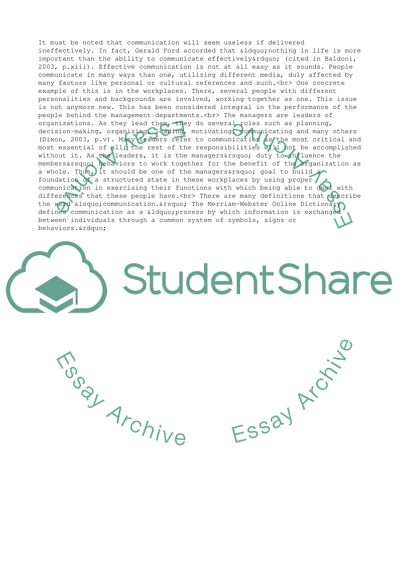Cite this document
(Cultural Diversity: Managers Intercultural Communication Perspective Research Paper, n.d.)
Cultural Diversity: Managers Intercultural Communication Perspective Research Paper. Retrieved from https://studentshare.org/management/1735282-managing-across-cultures
Cultural Diversity: Managers Intercultural Communication Perspective Research Paper. Retrieved from https://studentshare.org/management/1735282-managing-across-cultures
(Cultural Diversity: Managers Intercultural Communication Perspective Research Paper)
Cultural Diversity: Managers Intercultural Communication Perspective Research Paper. https://studentshare.org/management/1735282-managing-across-cultures.
Cultural Diversity: Managers Intercultural Communication Perspective Research Paper. https://studentshare.org/management/1735282-managing-across-cultures.
“Cultural Diversity: Managers Intercultural Communication Perspective Research Paper”, n.d. https://studentshare.org/management/1735282-managing-across-cultures.


